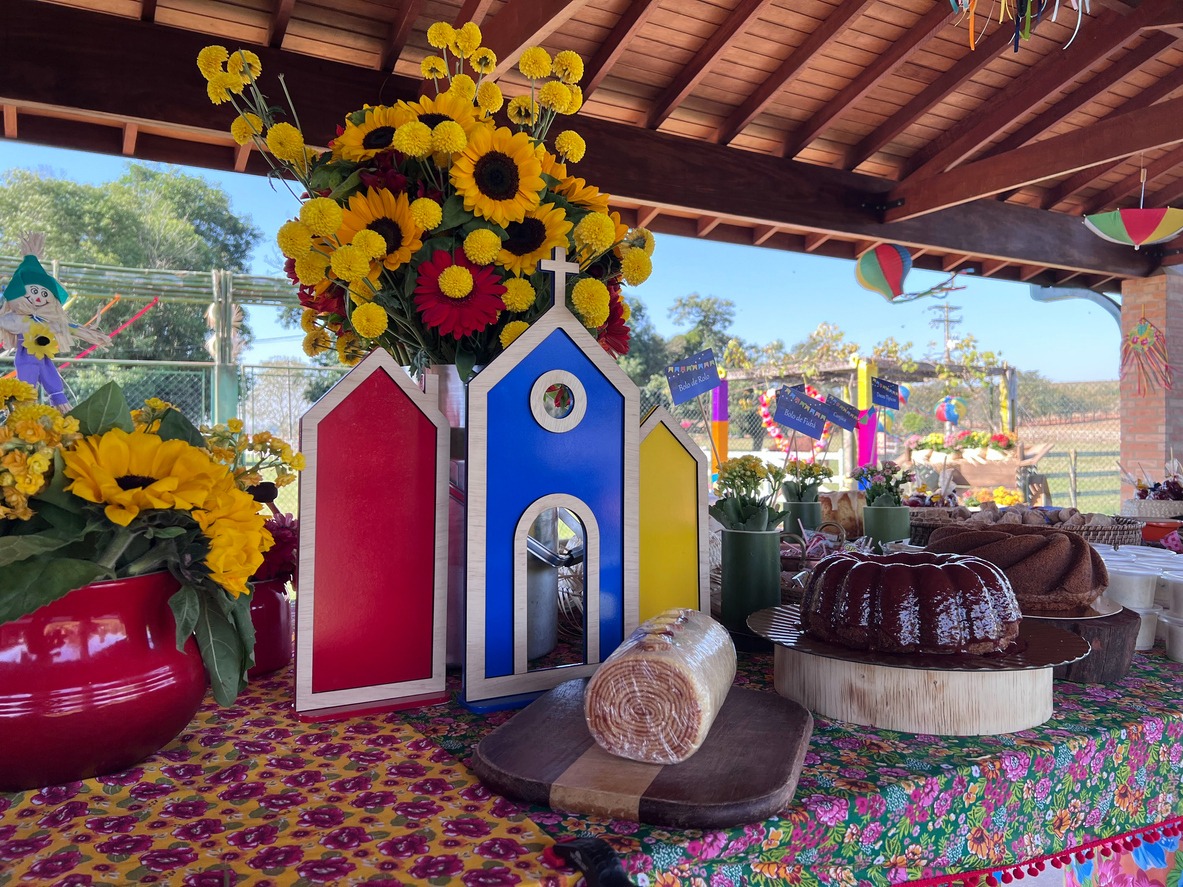The fascinating journey of learning a language leads to exposure to new cultures, people, and experiences. Being able to communicate in several languages is a valuable skill in today’s globalized world. The language learning party is an exciting and engaging way to learn languages that combines the joy of socializing and learning, despite the effectiveness of traditional language courses and self-study methods. The idea of a language learning party will be discussed in this post, along with the justifications for hosting one and the steps you must take to ensure its success.
What is a Language Learning Party?
A “Lingo Fiesta,” also referred to as a language learning party, is a gathering of friends to celebrate language and culture. It’s a fun and engaging way to pick up a new language or develop existing ones. These events can be planned at home, in community centers, or even online, and they typically focus on a particular target language, like Spanish, French, or Mandarin. A language learning party’s main objective is to provide language learners of all proficiency levels, from novices to fluent speakers, with an engaging environment in which they can practice and improve their language abilities.
Why Host a Language Learning Party?
For both the host and the guests, throwing a language-learning party can be a transformative and rewarding experience. There are several strong arguments in favor of organizing one:
Promotes Cultural Exchange – Culture and language are closely related. You can learn about a language’s speakers’ culture by becoming fully immersed in it. A unique opportunity for cultural exchange where participants can share their traditions, customs, and stories is provided by hosting a language learning party.
Improves Language Skills – Language practice and skill improvement can be done at language learning events in a fun and engaging way. Real-world conversation with native or proficient speakers is a powerful way to improve your pronunciation, vocabulary, and fluency.
Builds Confidence – Many language students struggle with shyness or mistake fear. Participants can get over these obstacles and develop confidence in their language skills in a welcoming and nonjudgmental setting, like a language learning party.
Creates a Sense of Community – Language learners frequently face difficulties, so connecting with others who have similar objectives can be inspiring. Hosting a language-learning party encourages a sense of belonging and community among attendees.
Fosters Friendships – Parties to learn a language can be both social and educational. They offer a wonderful chance to meet new people who appreciate languages and travel as much as you do.
Celebrates Diversity – It is crucial to celebrate linguistic and cultural diversity in a world that is becoming more and more globalized. Language appreciation is encouraged at language learning events, which helps create a more diverse and interconnected world.

Setting the Language Learning Party Theme
It’s crucial to pick a theme for your language learning party that fits both your objectives and the interests of your intended audience. The following are some fun language learning party themes to think about:
Choose the Target Language – The tendency to concentrate on a single language is the most prevalent. For instance, you could host a party with a Spanish theme where the theme would be the language and culture of Spain.
Language Challenge Night – Organize language contests in your chosen language, such as spelling bees, tongue twisters, and quick translation competitions, to make it a fun and competitive occasion.
International Travel Experience – Establish a setting that resembles a foreign location. Visitors can “visit” various language stations, each of which represents a different nation and features cultural and language-learning activities.
Cultural Exchange Fiesta – Rather than a language, this theme could be centered around a particular culture. Explore the customs, music, dance, and food of a specific culture, and ask people who are fluent in the language of that culture to lead discussions.
Party Planning Essentials
It’s time to get into the specifics of party planning now that you have a theme in mind. The following are the main points to think about:
Guest List and Invitations – Make a list of attendees who are eager to engage in language and cultural exchange. Send invitations via various platforms, such as social media, email, and forums for language learning. Invite guests to RSVP so you know how many people to anticipate.
Date and Time Selection – Pick a time and date that your intended audience will find convenient. Think about whether you want to host your party on a weekend or during the week, during the day or in the evening. Ensure that the chosen time doesn’t conflict with other significant events.
Budgeting and Expenses – Set a spending limit for the celebration. This covers the cost of the necessary resources, food, and drink, as well as any additional materials. Keep budget-friendly options in mind, and think about asking visitors to pitch in or bring a dish from their culture.
Venue and Language Stations Setup – Choose the venue for the party, whether it will be at your house, a community center, or a public space. To accommodate language stations, seating areas, and decorations, plan the venue’s layout. Ensure there is enough room for participants to move around without feeling constrained.
Language Stations and Activities
The language stations and activities are the focal point of your language learning party. These components are intended to encourage participants to learn a new language and explore another culture. Here are some ideas:
Language Learning Workshops – Invite fluent or native speakers to conduct brief workshops on language fundamentals, pronunciation, or particular cultural facets. These workshops can accommodate students with a range of skill levels, from absolute beginners to experts.
Conversation Circles – For practice in having conversations, form small groups. Each circle should be given a topic, and participants should be encouraged to speak about it in the target language. To give everyone the chance to interact with various people, rotate the participants.
Language Games and Challenges – Plan language-themed activities like charades, pictionary, or board games. These exercises make learning entertaining and engaging.
Cultural Presentations – Organize presentations on cultural subjects like history, art, music, or cuisine from outside speakers. This offers insightful information about the culture connected to the language.
Multilingual Decor and Ambiance
You can completely immerse your guests in the language and culture of the target audience by using vibrant decor and a lively atmosphere. Here are some ideas for setting the right tone.
Flags and Banners – Display banners and flags of the nations where the target language is spoken. This adds a visually appealing and educational touch to the party.
Cultural Decorations – Decorate the space with cultural accents like handmade crafts, artwork, and traditional textiles. These ornaments give a feeling of authenticity.
Music and Traditional Instruments – Play music that reflects the target language’s cultural background. For a party with a Spanish theme, think about live performances or demonstrations of traditional instruments like flamenco guitar.
Authentic Food and Beverages – Every culture revolves around food. Offer a range of genuine foods and beverages from the cuisine of the target language. To promote vocabulary learning, label the dishes with their names in the target language.
Language Learning Resources
Make sure your event provides materials for language learning to help attendees on their language learning journey. The following are some great resources to consider:
Phrase Books and Dictionaries – Allow visitors to use phrasebooks and dictionaries in the target language during conversations by providing them. These can assist students when they come across unfamiliar words.
Language Learning Apps and Websites – Spread the word about websites and apps that participants can use to continue learning languages after the party. These include Duolingo, Rosetta Stone, and Babbel, among others.
Flashcards and Worksheets – Make and distribute vocabulary and grammar practice worksheets and flashcards. These resources can be used by visitors to help them remember what they learned at the gathering.
Language Exchange Partnerships – Participants should be encouraged to find language trading partners. These collaborations can promote ongoing intercultural communication.
Language Challenges and Competitions
Your language learning party can become even more interesting by including a competitive component. Here are some contests and challenges in languages to think about:
Pronunciation Contests – Encourage the audience to practice pronouncing challenging words or phrases in the target language. Native speakers or linguists can judge the accuracy and clarity of pronunciation.
Language Trivia Quizzes – Organize a language quiz with facts about the target nation’s language, history, and culture. Give the best performers prizes.
Spelling Bees – A spelling competition will be used to gauge participants’ proficiency in the target language. Make a list of words with varying degrees of difficulty, and hold several rounds.
Karaoke in Target Language – Create a karaoke station where people can sing songs in the language of interest. It’s a fun way to improve your pronunciation while listening to local music.
Cultural Attire and Dress Code
By incorporating cultural attire into the celebration, you can persuade guests to embrace the culture of the chosen language. Here are some suggestions for appropriate cultural attire and dress:
Costume Ideas – Offer suggestions for costumes that fit the theme. For a party with a Spanish theme, attendees might dress as matadors or wear flamenco dresses.
Cultural Attire Showcase – Organize a fashion show or exhibition where attendees can display traditional attire from the culture associated with the target language. This gives the party a captivating visual component.
Traditional Outfits – To set the mood for the party, think about dressing traditionally yourself. This might encourage visitors to adhere to the dress code.
Dress Code for Guests – In your invitations, offer suggestions for the dress code. Even if it’s not a full costume, encourage visitors to wear attire that reflects the culture of the target language. This may result in a more engaging experience.
Conclusion
Hosting a language learning party, or “Lingo Fiesta,” is a delightful way to combine language acquisition with the joy of cultural exchange and socializing. It not only enhances your language skills but also provides a platform for making new friends and exploring the richness of global cultures.
From selecting a theme to planning engaging language stations, incorporating multilingual decor, and offering resources and challenges, a well-organized language learning party can be a memorable experience for all participants. By immersing yourself in the world of language and culture, you’ll not only learn but also celebrate the diversity and interconnectedness of our global community.
So, whether you’re hosting a Spanish-themed soirée, a French language fête, or a Mandarin learning extravaganza, a Lingo Fiesta is the perfect way to infuse language learning with fun, friendship, and cultural enrichment. It’s a celebration of language, culture, and the shared love for both.



